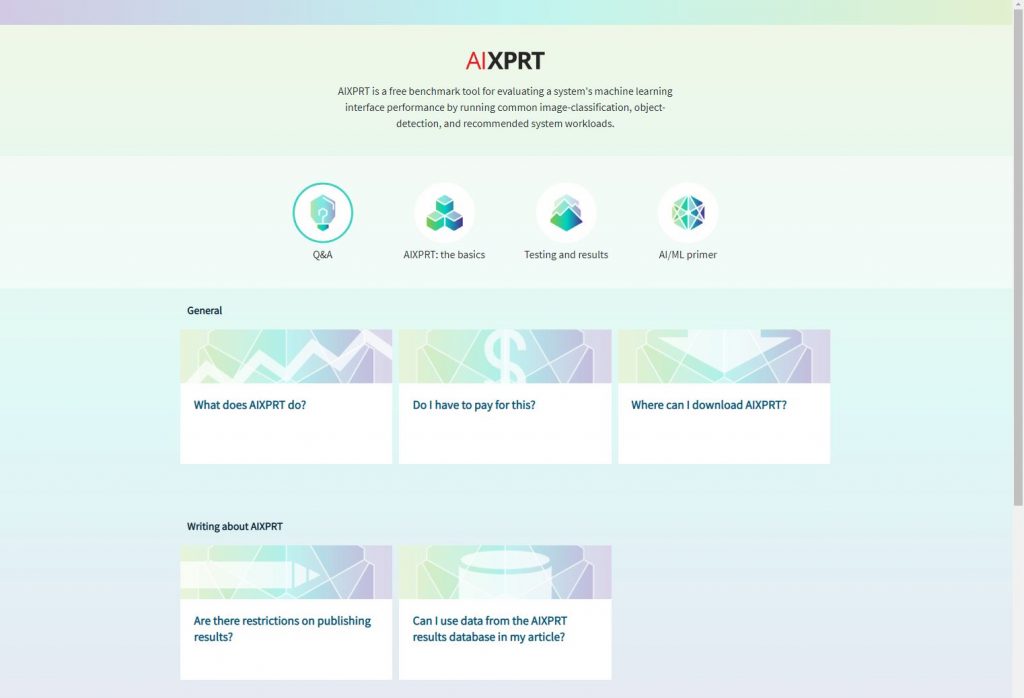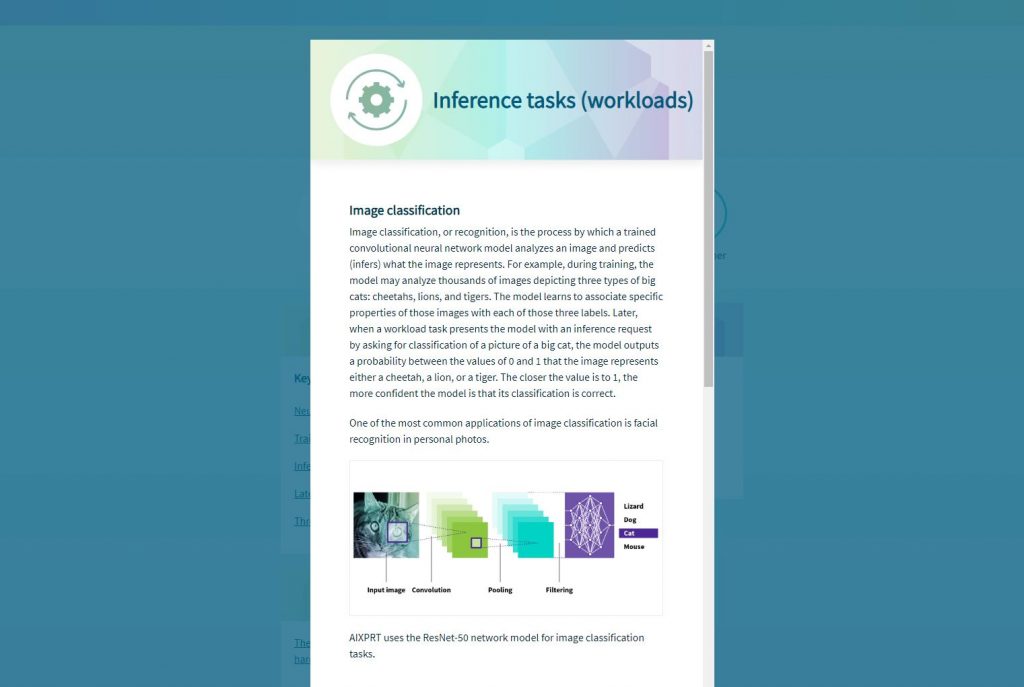As the WebXPRT 4 development process has progressed, we’ve started to discuss the possibility of offering experimental WebXPRT 4 workloads in 2022. These would be optional workloads that test cutting-edge browser technologies or new use cases. The individual scores for the experimental workloads would stand alone, and would not factor in the WebXPRT 4 overall score.
WebXPRT testers would be able to run the experimental workloads one of two ways: by manually selecting them on the benchmark’s home screen, or by adjusting a value in the WebXPRT 4 automation scripts.
Testers would benefit from experimental workloads by being able to compare how well certain browsers or systems handle new tasks (e.g., new web apps or AI capabilities). We would benefit from fielding workloads for large-scale testing and user feedback before we commit to including them as core WebXPRT workloads.
Do you have any general thoughts about experimental workloads for browser performance testing, or any specific workloads that you’d like us to consider? Please let us know.
Justin














